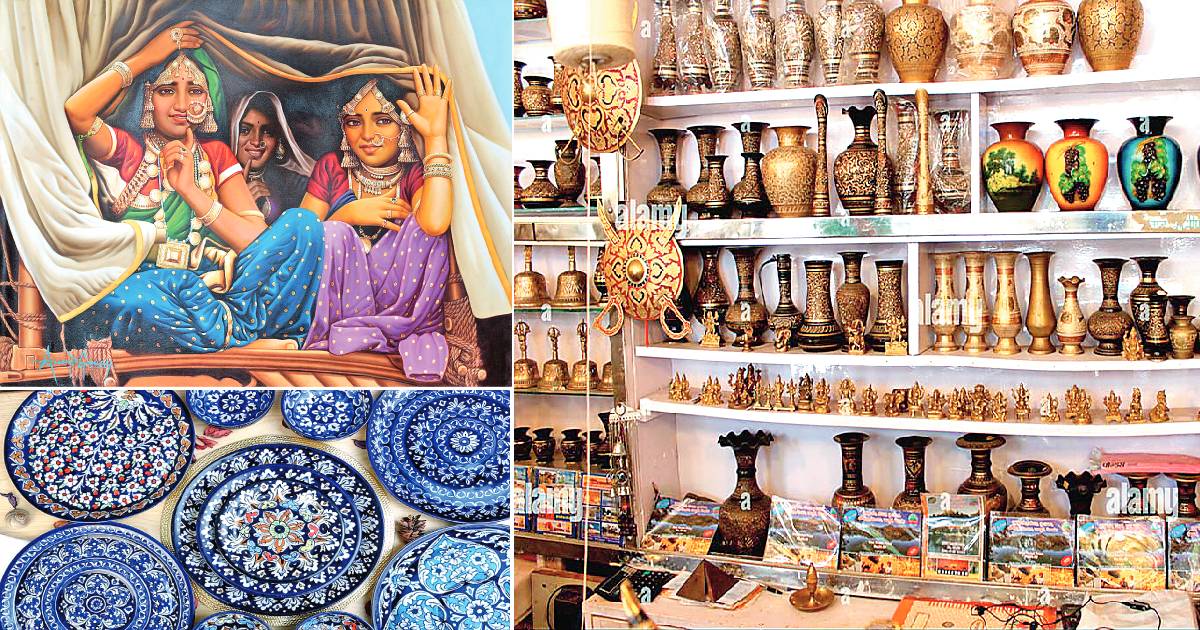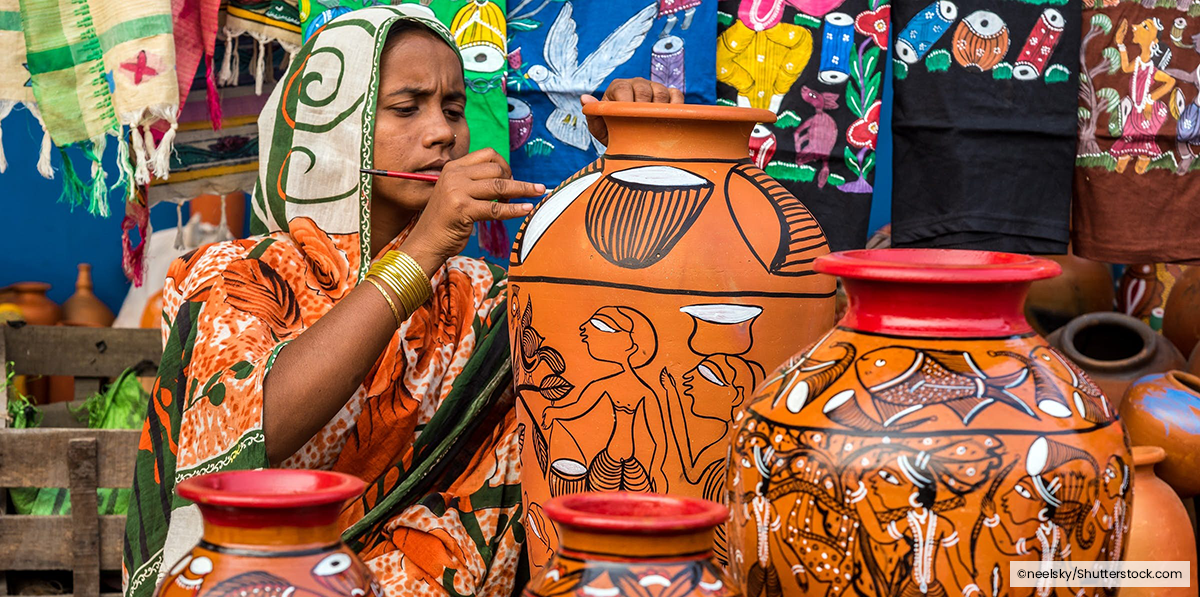Introduction: A New Dawn for Traditional Crafts
Traditionally, handicrafts have been a part of human culture for centuries. It is a reflection of the traditions, creativity, and skills of each community. In today’s high-speed, technology-driven world, it would seem as if traditional crafts would eventually disappear into obscurity. The opposite is happening, though. From intricately woven textiles to carefully carved woodworks, traditional crafts are witnessing a revival as people search for authenticity, sustainability, and a connection to their cultural heritage.
This article describes the resurgence of traditional handicrafts and the ways in which artisans kept these crafts alive while adapting these old skills to contemporary life.
Aptness of Traditional Handicrafts
1. Sustainability and the Eco-Conservation Movement
In a world that has become more environmentally conscious, consumers are turning to products that have minimal impacts on the environment. Due to their sourcing from locally available materials and their non-harmful production method, traditional handicrafts are generally sustainable. Handicrafts distinguish themselves from mass-produced goods by adhering to the eco-friendly philosophy, which involves reducing waste, contributing to local ecosystems, and utilizing natural resources.
2. The allure of authenticity and storytelling
Handmade pieces have stories within them. Handicrafts carry stories about their artisans, their culture, and the history they possess. For many customers, the stories give handicrafts more value than the machine-made ones. Every piece is unique, often made using materials with some cultural significance or passed down through generations with specific methods.
3. Artist training programs and cooperatives
In many countries, artisans establish cooperatives, gathering skilled craftsmen to train the next generation. For instance, in South America or Asia, there are traditional weaving and pottery-making workshops with structured training programs. Most governments and NGOs support such programs to keep the skills alive and provide employment for the local communities.
4. Cultural events and markets
These have served as platforms for craft vendors to sell and showcase their products at artisan markets and cultural fairs. There is also the Santa Fe International Folk Art Market and the Jaipur Literature Festival in Rajasthan. These festivals serve as tangible evidence of these cultures’ commitment to preserving their traditional art forms. These markets introduce traditional art forms to younger generations, inspiring them to learn and appreciate them.
5. Contemporary-style designs
Most artisans aim to value their products for today’s tastes by merging traditional methods with modern designs. For instance, a potter’s minimalist or geometric design could serve as an appealing home décor for today’s modern man. Jewellery designers may combine antique metalwork techniques to create beautiful, sleek pieces that appeal to younger consumers. Such an amalgamation ensures the relevance and demand of handicrafts in modern marketplaces.
6. Joint ventures between designers and brands

Famous brands and designers often combine crafts with their products to introduce them to a global audience. Fashion brands now include handcrafted items like embroidered bags, handmade jewellery, or handwoven fabrics in their collections. Such collaborations take traditional crafts into mainstream fashion and also ensure that the artisans get stable income.
7. Online Marketplaces and Direct Sales
Artisans used to sell these products in local markets. Ecommerce sites such as Etsy, Amazon Handmade, and social media shops like Instagram have provided opportunities for craftspeople to reach a global audience. Craftsmen are utilizing e-commerce sites to create websites for their products, partnering with online boutiques, and utilizing various social media platforms to directly sell their products to customers.
8. Brand Awareness through Social Media:
Social media platforms such as Instagram, Pinterest, and TikTok allow artisans to share the story behind each piece they create. Videos, photos, and even live sessions show the step-by-step process of the work, engaging audiences and building brand loyalty. This personal connection allows customers to appreciate the artistry and hard work behind each item.
9. Threat of mass production.
The rise in mass-produced commodities has led to a decrease in the cost of traditional crafts, as most handcrafted items require hours of labor to reach their full potential. However, a new wave of consumers is realizing the value of these crafted goods, and they are willing to pay more to local artists than to some mass-market brands.
10. Loss of Traditional Knowledge
If younger generations don’t learn these traditional crafts, they will completely disappear. Some governments and organizations are documenting these traditional techniques and encouraging youths to take up careers in craftsmanship.
The Future of Handicrafts in Modern Society
This is, however, not a trend that is going to fade after some time; it’s going to be a revolution as far as the culture in a world dominated by technology can be concerned. Consumers get more conscious about being friendly with nature and cultural history; therefore, there should be an increase in this demand for unique and one-of-a-kind handcrafted crafts.
Conclusion: A Legacy Carried Forward

Traditional handicrafts carry the heritage of culture, history, and art. E-commerce innovation and support from cultural organisations have aided artisans worldwide in preserving their heritage, making them appealing to a new generation of buyers. Such crafts, with an individual fingerprint from the artist, bring beauty and meaning to a world that demands authenticity more than ever.
In supporting traditional crafts, we are not only purchasing a product; we are ensuring the continuation of cultural history, the development of an artisan, and a piece of humanity.




